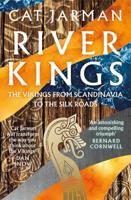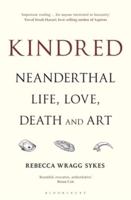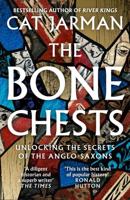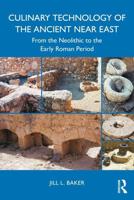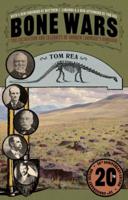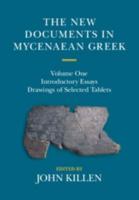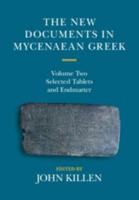Publisher's Synopsis
This is a final report of the excavation of Tell Umm el-Marra in northern Syria, conducted in 1994--2010. It is likely the site of ancient Tuba, capital of a small kingdom in the Early and Middle Bronze periods, in the Jabbul plain between Aleppo and northern Mesopotamia. Its study advances our understanding of early Syrian complex society beyond the big cities of Antiquity. Of particular importance in the Early Bronze excavations from Umm el-Marra are the results from the site acropolis. The architecture, location, and contents of the tombs, including objects of gold, silver, and lapis lazuli, indicated that this necropolis contained the remains of high-ranking persons. The tomb area was in use for some three centuries or more, and included separate installations where equids were interred (kungas, donkey x onager hybrids), sometimes along with human infants. The kungas were expensive and prestigious animals associated with royalty and divinity and thus are apt inclusions in an elite necropolis. Their burial in separate tombs reveals their particular importance, and this site provides the first archaeological attestation of the kunga equids, unique in the archaeology of third-millennium Syria and Mesopotamia.

